African safaris are a great way to disconnect from the rest of the world. They take you away from work and responsibilities. They take you away from time. They immerse you in a new realm and a rhythm that’s defined by nature.
By reading these tips it seems that you’re planning to make this dream a reality. You’re taking your suitcase, sunglasses, and binoculars to explore some of Africa’s best safari destinations.
GREAT IDEA!
Believe me, you have made the right choice. I’ve been going on safari for decades and I still can’t get enough of it. If you’re looking for unforgettable moments and a unique adventure, well, the answer is awaiting you in Africa.
Going on an African safari is an enriching experience. All at once it’s an idyllic experience marked by seclusion and serenity.
You will relax, completely.
It’s also the complete adventure, continually marked with surprise and unforgettable journeys. Then there’s the connection to nature and the wild that is forever inspiring.
Before embarking on your trip and getting deep into Africa, here are some essential tips and tricks to consider.
1. Purpose
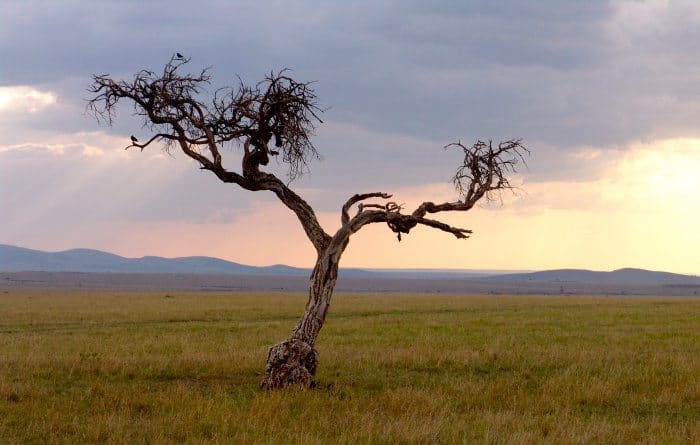
What is it that you are truly looking for in Africa? Are you an “animal freak” (just like me), or do you see yourself as a bird enthusiast? Is your idea of safari hanging in a swimming pool and watching elephants? Or spending 12 hours bumping around the bush looking for lions?
Or perhaps all of the above? Before going further you need to define the purpose of your holiday.
Is it to discover what Mother Nature has to offer, or relaxing in a private hot tub overlooking the plains? Or, would you simply like to go on a sundowner cruise on Lake Kariba?
Be specific and determine what you’re looking for. There are plenty of specialist safaris out there and more than enough diversity to satisfy everyone’s interests.
Once your desires are clear, you can start looking at selecting the right destination. Not everywhere in Africa is the same. Indeed, various destinations will have different facilities and things to do.
Some may not have an abundance of wildlife. But they might have other advantages, such as a stunning location, walking trails, and exciting activities not found elsewhere.
In other words, do your homework, pack up your bags, and get ready for the experience.
What are you waiting for? It’s time to go on a safari.
2. Destination
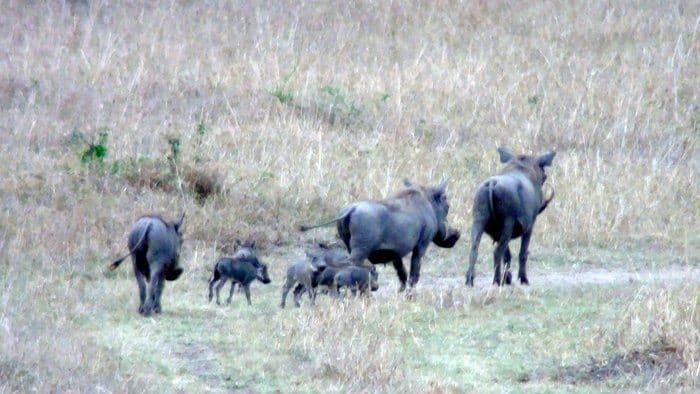
Africa is a huge continent with an infinite amount of choice when it comes to safari destinations. While it is true that Western Africa has some options available, the regions I’m most familiar with are Eastern and Southern Africa. These two are the ones that are most renowned for abundant wildlife.
They are a paradise for adventurers, an outdoor heaven, and perhaps the most extraordinary places on Earth!
If you are in love with the idea of safari and the savannah, I highly recommend that you visit these countries:
My top 3? If I had to choose, Tanzania would be first, followed closely by Botswana and Kenya.
3. Best time to visit

The best time of the year for safaris is during the dry season. Indeed, in the rainy season, water and food are plentiful. Animals tend to be more dispersed throughout the parks and game reserves.
Also, grass is much longer in some areas, making it more difficult to spot the wildlife. So not only does wildlife travel far and wide, it has many more places to hide.
In contrast, animals must congregate around the permanent water holes during the dry season. So in these months it’s easy to find an abundance of wildlife.
For East African countries such as Kenya and Tanzania, ideal times for game viewing include the periods of December to March, and from June to late September/early October.
It is especially during the latest months of the year that one can experience the Great Annual Wildebeest Migration–where almost two million animals gather and move together across the plains of the Serengeti and Maasai Mara National Parks!
I’ve had the chance to witness this spectacle: it’s absolutely breathtaking. Truly a once in a lifetime experience.
In Southern Africa, the most suitable times to visit are during the winter months from May to August, and the hot spring months in September and October. Temperatures are usually mild during the day, while a little cooler on early mornings and in the late afternoon.
4. Travel documents
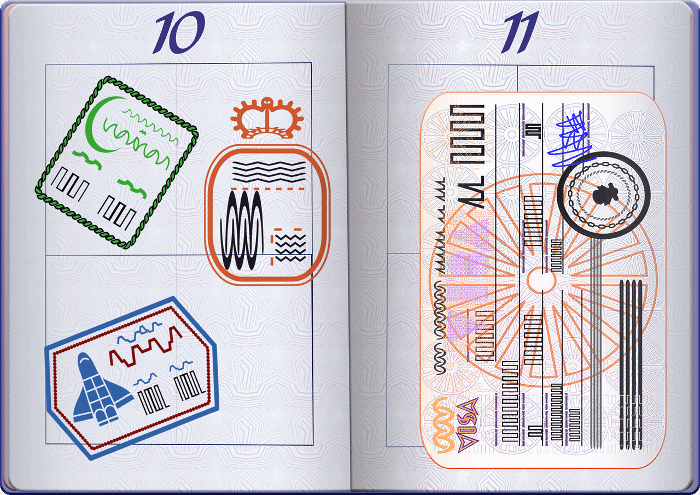
There are a few travel documents you must carry along with you. Firstly, you will need a valid passport. Make sure it does not expire within 6 months of your departure date and that it has sufficient pages. Most African countries require two blank pages or more.
So that’s four blank pages if you’re visiting two countries. Lastly, don’t forget to check visa requirements and bring a Yellow Fever vaccination certificate if required.
Most countries require a single-entry visa. In Kenya for instance, it costs about $50 (pricing may change over time). So make sure you do a little research before leaving your country.
As far as vaccinations are concerned, requirements vary from country to country. I’m not a doctor. If I were you I’d consult a specialist for legitimate advice. Here’s a list of inoculations that are usually recommended:
- Yellow fever
- Diphtheria
- Typhoid
- Hepatitis A
Lastly: make sure you ALWAYS have your passport at hand, and a medical insurance policy to cover possible (albeit unlikely) emergencies.
5. Packing

I don’t know about you, but I just LOVE to pack for a trip to Africa! Here’s my ‘take away’ list:
- A suitcase; ideally strong squashable luggage (duffel bags are perfect).
- Your passport and certificate of vaccination (oops… almost forgot the plane tickets).
- A wide-brimmed safari hat (perhaps a “Rogue” safari hat for the ultimate safari freak), sunscreen lotion, and a pair of sunglasses.
- Mosquito repellent (very important). In some cases, you may be advised to take prescription medicine to prevent malaria (NB: beware of side effects).
- Good binoculars to spot your favourite animals (I recommend 10×50 for best viewing).
- A camera and spare batteries (100-300 mm lens ideally; 35 mm for portraits, landscapes, etc.).
- A few jerseys. (Yes, even in Africa. Early mornings and late evenings can be chilly, especially in Southern Africa.) Bring some long sleeve safari shirts as well.
- Zip-off safari trousers (saves you luggage space and they’re highly practical when it gets warm).
- A torch to prevent lucky/unlucky encounters with wildlife in the night (or for toilet emergencies in the bush).
- Books and travel guides. My personal favourites include:
– Signs of the Wild by Clive Walker.
– The Safari Companion by Richard D. Estes.
– Birds of Southern Africa by Sinclair, Hockey, and Tarboton.
- A Swiss army knife. These always come in handy, especially in the bush (don’t take them in your carry-on luggage or it will be confiscated by security).
VERY IMPORTANT NOTE: Oh yes, don’t forget your “eagle eyes”, so to speak, to spot what Mother Nature has on offer. An open heart is also a must. And finally, remember to bring some patience and respect, as wildlife doesn’t like loud noise.
6. Activities
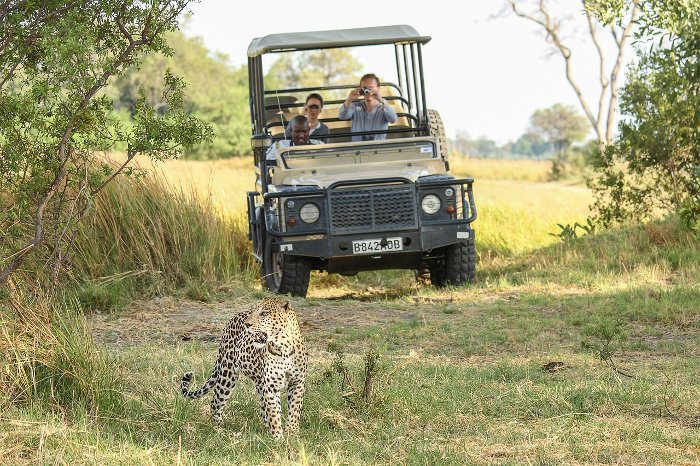
Lodges and camps typically have three main activities: game drives, walks, and night drives. Night drives in particular are more popular in Southern Africa as they’re not permitted in many East African destinations.
Some places may also offer sundowner cruises or even horseback safaris, though the latter primarily operate outside major parks, as they are less prone to potentially dangerous animal encounters.
Drives can take around 2-3 hours (depending on the chosen formula/safari highlights for the day), but could also continue all day long.
Early mornings and late afternoons are the best times for game viewing as it is cooler. Therefore, conditions are better for the optimal game viewing experience.
During the scorching middle of the day, animals tend to rest under a tree or hide in the thickets. They’re being lazy and aren’t at their enchanting best.
So this is a time to also take a siesta and rest. Or, perhaps you’d fancy a plunge in a swimming pool? The choice is yours.
- Game drives

These drives are with a guide or ranger in open jeeps (most common in Southern Africa), or minibuses (more popular in East Africa, due to the tsetse flies). Be ready to wake up bright and head out as dawn is just piercing the sky.
And make sure you wear a jersey or a blanket during the early hours. The second prime time is from mid-afternoon until sunset, when the mammals come out in the cooler ambiance.
My personal favourite is the night drive experience. You’re able to see nocturnal animals such as the elusive leopard, African genets and civets, hyenas, porcupines, and much much more. Some parks have almost 100 mammals and many of them are nocturnal.
It’s such a unique experience, especially when they allow you use the spotlight to scan through the night; looking for every sign or movement in the plains, from a shiny eye or an unusual noise. It’s like detective work at its finest.
- Walks
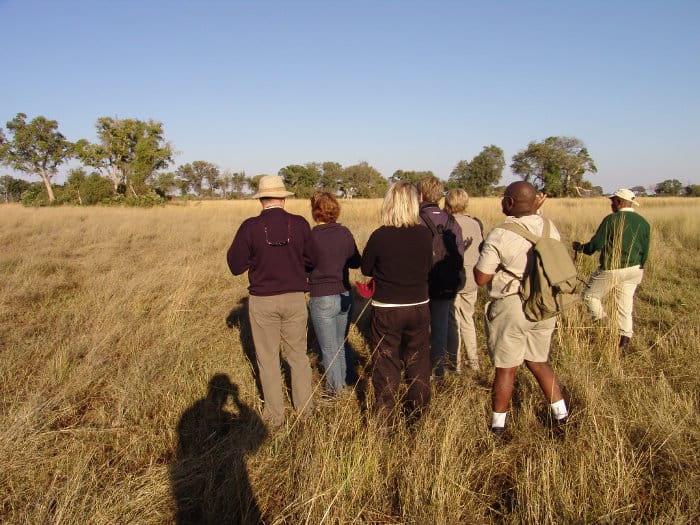
To say that safari walks are interesting would be an understatement! An armed guide walks you through the bush to experience a primitive side of nature. In some places, you’re guided by a barefooted indigenous animal tracker that can follow every little clue.
You will learn about animal tracks, droppings, and both the fauna and flora of the African savanna (especially trees and their values).
While the wildlife experience might not be as worthwhile in terms of animal sightings (you can’t cover as much distance as a game drive), the learning experience itself and the exotic birds you’ll encounter make it totally worth it.
Plus, you can only appreciate the size of animals when you’re sharing the ground level.
It’s an experience that should be on your Africa bucket list.
- Sun downer/Boat cruises

This is the way to go if you’re looking for a close encounter with hippos or crocodiles. You’re also going to have the chance to view animals that come down to the river for a drink. After all, everything from lions to tiny antelopes has to come and drink.
There will be ample opportunities to take some fantastic photos. For instance, the aquatic bird life that thrives around the riverine area is always a rich exotic sight.
7. Interests
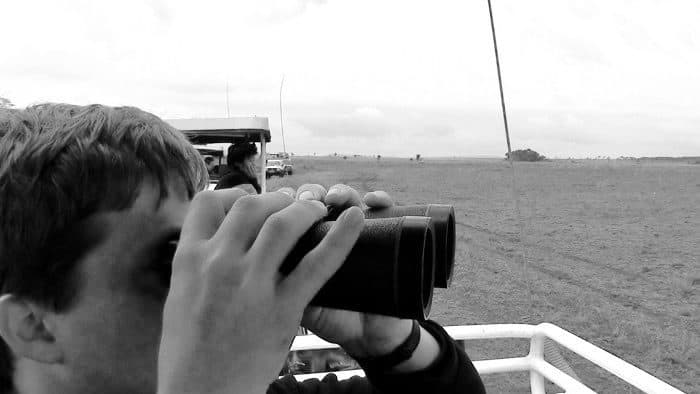
In most cases, professional guides will ask you what your main interests are before taking you on a walk or drive. If not, make sure that you tell them what you’re aching to discover.
Whether you’re looking for the big five or a specific animal or bird species, your guides should be more than happy to help realize your ambitions.
However, you must know that national parks are not zoos. You never know in advance what you’re going to see. In my opinion, this is the most exciting characteristic of safaris.
Some days are fruitful, while others are surprising and you might not see exactly what you hoped for. With that said, you’re often rewarded for your efforts and patience when you least expect it.
Never get discouraged! Have faith and be open to possibilities. The odds will eventually turn in your favour, especially on a longer safari.
8. The animals (and where to find them)

While there are no definite locations for finding specific animals, it is possible to associate certain animals with specific biomes. For instance: grazers live in grasslands, browsers in Miombo woodlands, and predators in open savannahs (although they can hunt everywhere).
If you’re searching for kudu, you’re unlikely to find them in open regions. This type of antelope is typically found in bushy areas where food is plentiful and they can pick leaves from the small trees.
Similarly, giraffes love Acacia territory. Leopards on the other hand are more likely to be seen up in a tree or in rocky areas (koppies).
—
Got the idea? Wonderful. 🙂
Safari njema. (Bon voyage)
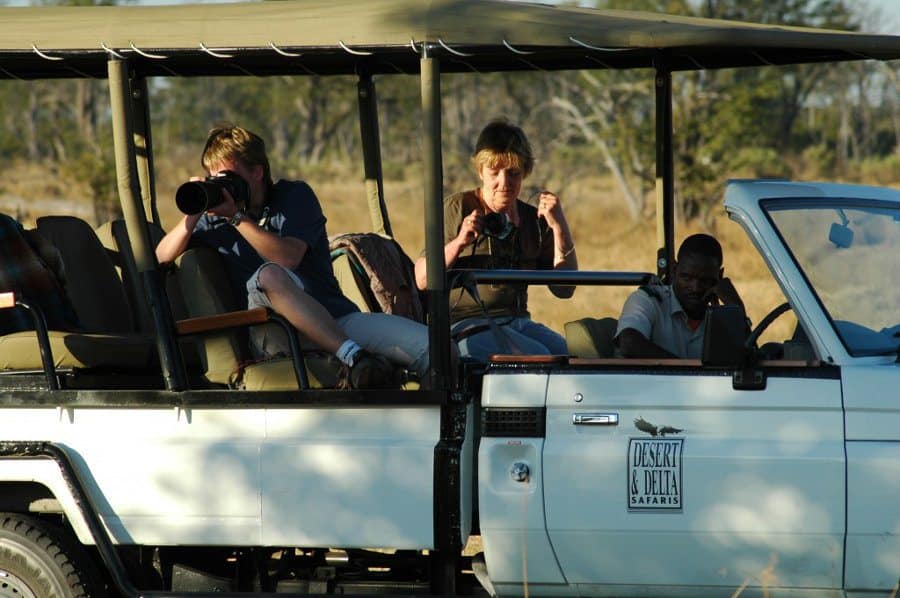


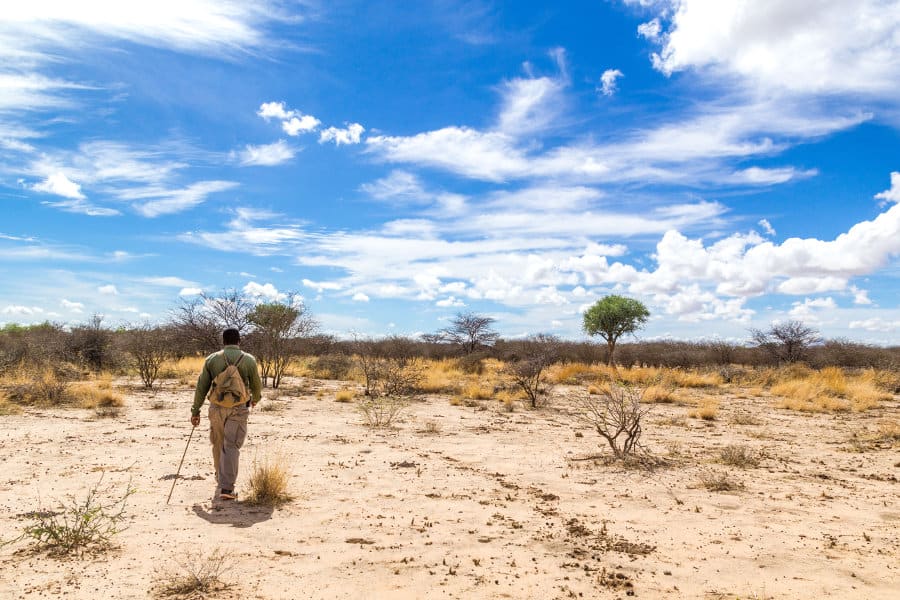
I think it’s a great list, very well explained in brief.
Merci Hilde, ça fait plaisir à entendre! 🙂
Biz
Vraiment super Michael !
Que de magnifiques souvenirs, grâce à toi et ta famille.
Hilde
Thanks guys! As you can see it’s still a work in progress. I look forward to having you as frequent visitors on my site. 😉
Love your site Mike. 😉
Keep it up!
You’re giving us great tips. 🙂
Go for it! :d
Nice site layout for your blog. I am looking forward to reading more from you.
Tom Humes